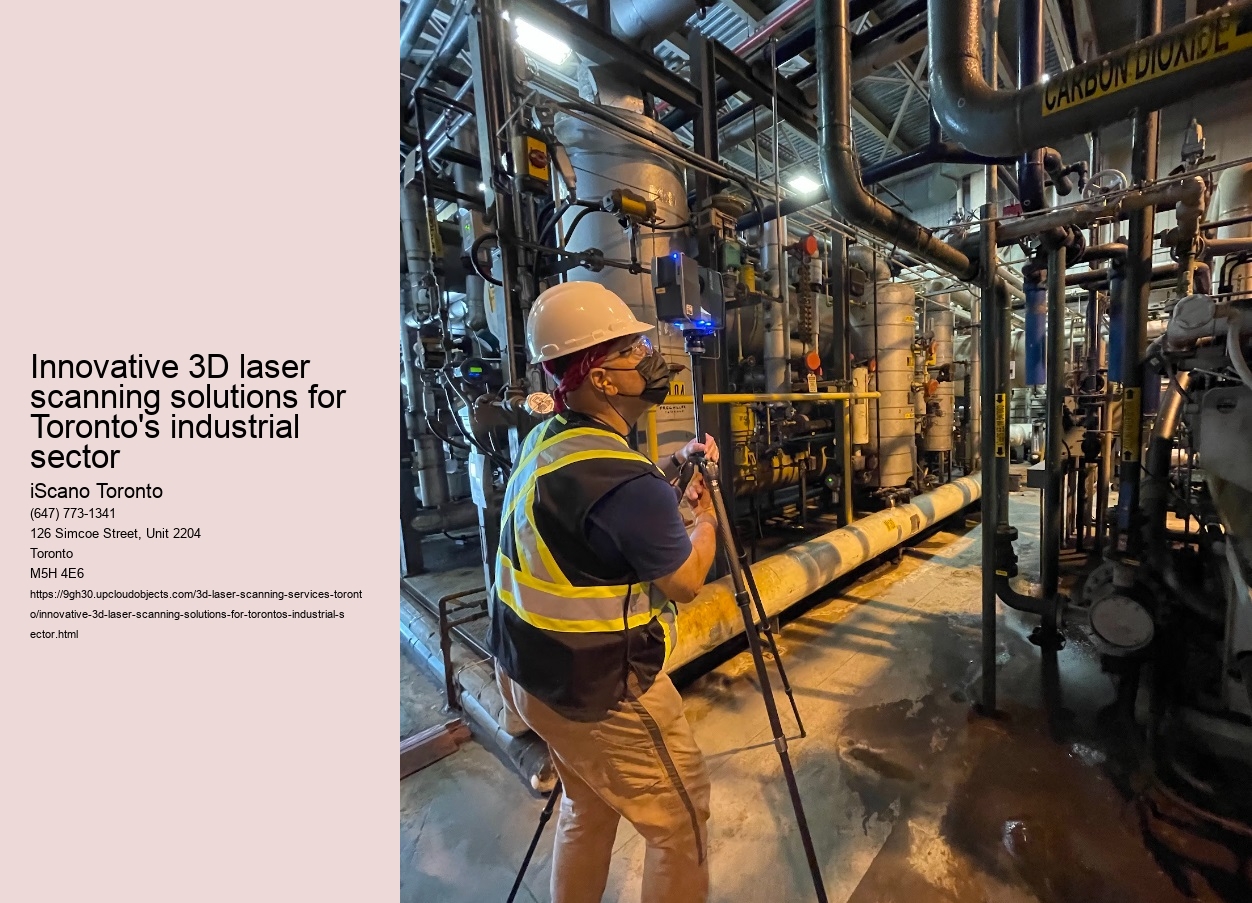Developing the Future: Incorporating 3D Laser Scanning Services into Construction Projects
Innovative 3D laser scanning solutions for Toronto's industrial sector .Introduction:
In the ever-evolving landscape of building tasks, accuracy and effectiveness have actually come to be vital. One modern technology that has become a game-changer hereof is 3D laser scanning services. By capturing detailed spatial data of physical structures, 3D laser scanning changes the means building and construction projects are intended, executed, and managed. In this write-up, we look into the value of integrating 3D laser scanning services right into building and construction projects and how it leads the way for constructing the future.
Understanding 3D Laser Scanning Services:
Before delving into its combination right into construction tasks, it'' s important to grasp the principles of 3D laser scanning services. Basically, 3D laser scanning involves making use of high-resolution laser beam of lights to catch the shape and shapes of physical things or atmospheres. These scanners generate exact factor clouds, which are after that utilized to produce comprehensive 3D models of the checked area.
Combination right into Building And Construction Tasks:
Now, let'' s check out how 3D laser scanning services perfectly incorporate into building and construction projects, revolutionizing various phases of the procedure.
- Pre-construction Preparation:
Throughout the initial preparation phase of a building task, exact site details is essential. Conventional surveying methods can be lengthy and may do not have the level of information required for detailed planning. Below, 3D laser scanning radiates by quickly recording exact dimensions of existing frameworks, topography, and energies. This data offers designers and designers with a detailed understanding of the website, enabling them to make informed decisions and optimize the design process.
- Design and Design:
In the style and engineering stage, 3D laser scanning facilitates smooth cooperation and visualization. By producing detailed 3D versions of the website, designers can accurately analyze spatial constraints, recognize prospective clashes, and optimize design components. Furthermore, these versions function as important interaction tools, allowing stakeholders to visualize recommended designs in the context of the existing setting.
- Construction Implementation:
Throughout the construction stage, 3D laser scanning plays a vital function in making sure precision and quality control. By regularly scanning the construction website, project managers can keep track of progress, validate dimensions, and detect deviations from the original plan. This real-time data enables aggressive decision-making, decreases errors, and enhances total task performance.
- As-built Documentation:
Upon completion of the building job, exact as-built paperwork is important for future maintenance and improvements. Standard approaches of documenting as-built problems commonly result in errors and disparities. 3D laser scanning provides a superior remedy by capturing detailed data of the finished framework with exceptional precision. This electronic paperwork serves as a useful property for facility management, renovation preparation, and historic preservation.
Benefits of Incorporating 3D Laser Scanning Services:
The combination of 3D laser scanning services right into building and construction jobs offers a myriad of benefits, including:
- Boosted Precision: 3D laser scanning records comprehensive spatial information with millimeter-level precision, reducing errors and discrepancies throughout the task lifecycle.
- Boosted Performance: By enhancing processes and assisting in real-time decision-making, 3D laser scanning speeds up task timelines and minimizes expenses.
- Enhanced Safety: With the ability to from another location capture data in hazardous or inaccessible locations, 3D laser scanning improves worker safety and security and reduces on-site risks.
- Comprehensive Documents: Thorough 3D designs and factor clouds function as thorough documents, helping with future maintenance, renovations, and historic conservation.
- Enhanced Cooperation: By providing stakeholders with graphes of the project site, 3D laser scanning fosters partnership and placement throughout groups.
Case Researches:
To illustrate the tangible influence of incorporating 3D laser scanning services into building and construction jobs, let'' s analyze a few real-world case studies:
-
High-Rise Building and construction: In a skyscraper construction task, 3D laser scanning was made use of to accurately determine existing structures and utilities, making it possible for engineers to design around restraints and maximize area usage. This caused substantial expense financial savings and a streamlined construction process.
-
Historical Improvement: When restoring a historical landmark, 3D laser scanning was utilized to catch thorough as-built conditions, maintaining the framework'' s architectural stability. This digital documentation facilitated precise remediation initiatives and guaranteed compliance with preservation standards.
-
Infrastructure Growth: In a large facilities growth task, 3D laser scanning was used to keep an eye on progress and discover deviations from the original style. By identifying possible problems beforehand, task hold-ups were lessened, and construction quality was supported.
Verdict:
To conclude, the integration of 3D laser scanning services right into construction jobs stands for a paradigm change in the industry. By offering unmatched accuracy, effectiveness, and documents capacities, 3D laser scanning leads the way for developing the future of construction. As technology remains to evolve, accepting technologies like 3D laser scanning will be crucial for remaining ahead in a progressively competitive market.
By enhancing procedures, improving partnership, and guaranteeing accuracy throughout the job lifecycle, 3D laser scanning services equip construction professionals to tackle complex difficulties with self-confidence, inevitably delivering superior results and forming the constructed environment for generations to find.
